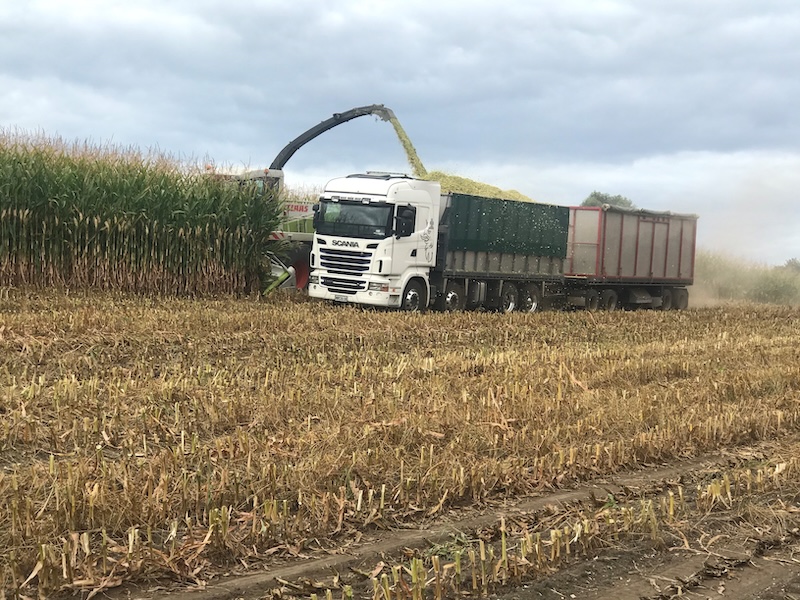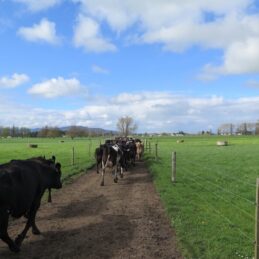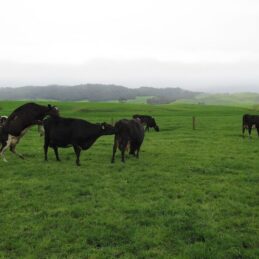Good site preparation key to quality silage
By Trish Lewis, Forage and Nutrition Consultant
Good preparation of a silage stack or pit site before the contractor arrives is a critical component of making quality silage. It is a waste to cut a young, leafy crop of grass, wilt it well but then contaminate it with soil or muck at the stack site before it gets a chance to start fermenting.
Soil contains large numbers of spoilage organisms such as clostridia which can have a detrimental effect on silage fermentation. They waste nutrients, producing butyric acid which is very unpalatable (smells like vomit) and break grass protein down into ammonia. The resulting silage is unpalatable and has a lower nutritional value, leading to feed rejection and poor performance. Clostridia are particularly active in wetter silage.
Muck contains high numbers of enterobacteria, another group of bacteria which can lead to poor silage fermentation, and can also carry disease-causing organisms.
Spoiled silage left over from last season will contain mould and yeast spores which will contaminate the fresh crop and accelerate aerobic spoilage.
To give your valuable crop every chance to ferment into a high quality silage:
- Remove any spoiled silage from last season – this makes good compost in the garden
- Ensure the base of the pit or stack site, and the side walls of pits/bunkers, are clean and well
packed down - If limestone is to be added to the base, do this well before hand so it has time to form a seal
- Prepare the area in front of the site, where the crop will be delivered, to get a firm surface which is as free of mud as possible
- If the stack site is in a paddock, don’t graze stock and get cow pats around the site just before bringing the crop in
- Plan the stack width to match the predicted feed out rate – the stack face should go back at least 30cm per day during feed out
- Have a new cover ready to go on the silage–using an oxygen barrier sheet such as Silostop will reduce top spoilage and dry matter losses
- Make sure you have enough tyres for the expected size of the stack/pit – or if you don’t like lifting tyres go for a heavier UV cover and gravel bags
- For an earth walled bunker, line the walls with a cover to reduce air and water ingress and resultant spoilage at the sides
- Think about rat control ahead of time, spray where needed to create an exposed and rat-unfriendly environment around the stack/pit site as well as baiting






